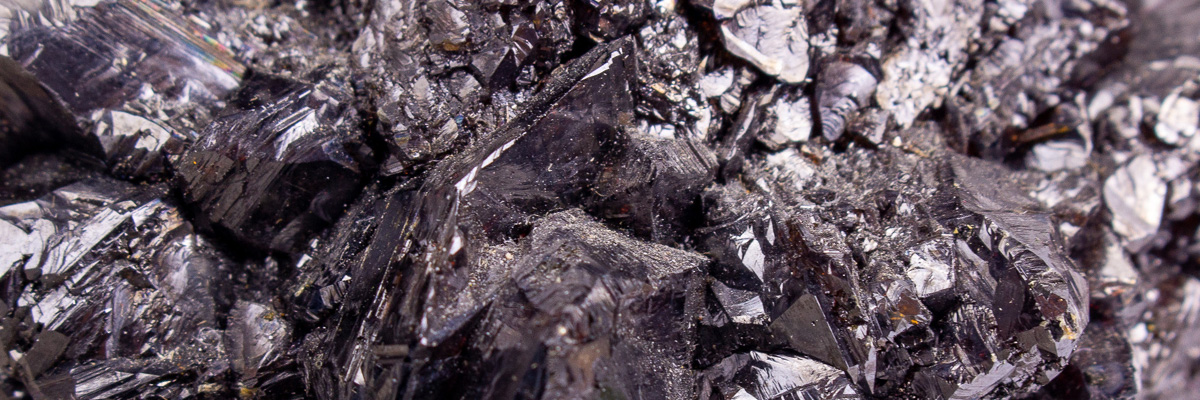Sphalerite is a zinc sulfide mineral known for its wide range of colors, from yellow, brown, and black to colorless, red, and green. Its luster varies from resinous to adamantine, giving it a unique and captivating appearance. Sphalerite’s physical characteristics include tetrahedral, dodecahedral, or botryoidal crystal structures, which can vary in size. The mineral is commonly found in hydrothermal veins and sedimentary deposits, often associated with minerals such as galena, pyrite, and chalcopyrite.
Usage
Sphalerite is the primary ore for the production of zinc, which is used in various applications such as galvanizing steel, die-casting alloys, and the manufacturing of brass and bronze. Zinc is also an essential trace element for living organisms and is used in batteries, cosmetics, and fertilizers. Sphalerite is also an important source of minor metals like cadmium and indium, which are used in the electronics industry and for solar energy applications.
Gemstone
Sphalerite is considered a collector’s gemstone due to its high dispersion, adamantine luster, and vibrant colors. These optical properties give sphalerite gemstones an exceptional brilliance and fire, making them a unique choice for jewelry enthusiasts. However, sphalerite’s relatively low hardness (3.5-4) and perfect cleavage make it susceptible to scratching and chipping, limiting its use in everyday jewelry items.
Origin
Sphalerite forms in nature through hydrothermal and sedimentary processes. The mineral forms in various geological environments, including carbonate-hosted ore deposits, skarns, and volcanic-related massive sulfide deposits. Sphalerite crystallizes as a result of the combination of zinc and sulfur ions in various temperature and pressure conditions. This process can occur over various timescales, and the resulting sphalerite crystals can be found in diverse sizes and shapes.
Occurrence
Sphalerite is primarily found in hydrothermal veins and carbonate-hosted ore deposits, as well as in sedimentary exhalative deposits related to submarine volcanism. Some of the most significant deposits of sphalerite can be found in the United States, Canada, Australia, Mexico, Peru, and Spain. These areas are known for their abundance of geological environments suitable for the formation of sphalerite minerals.
Metaphysical
In metaphysical and spiritual practices, sphalerite is believed to have a range of properties. The mineral is said to enhance one’s physical energy, vitality, and strength, as well as grounding and balancing the energy field. Sphalerite is also considered a stone of manifestation, and can be used to attract abundance and prosperity into one’s life. Additionally, the mineral is said to promote creativity, focus, and mental clarity, making it an ideal stone for artists and thinkers alike.
| Class | Sulfides |
| Formula | ZnS |
| Luster | Resinous to adamantine |
| Hardness (Mohs) | 3.5-4 |
| Streak | Brownish white to yellow |
| Color | Colorless, yellow, brown, red, green, black |
| Cleavage | Perfect in six directions |
| Specific Gravity | 3.9 – 4.1 |


